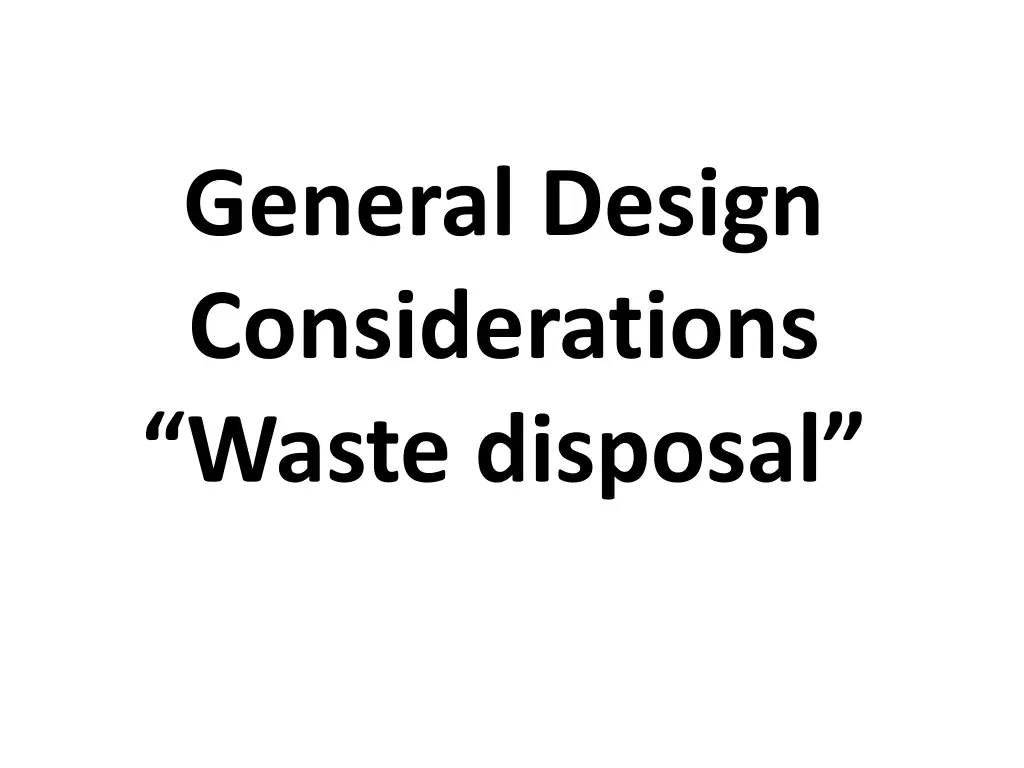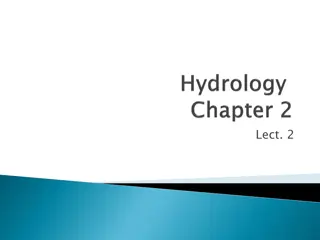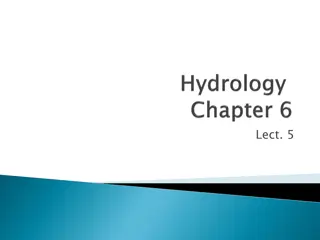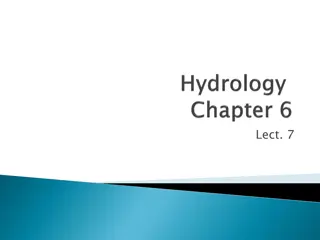
Effective Waste Disposal Methods for Pollution Reduction
Uncover essential design considerations for waste disposal, including strategies for handling gas waste and liquid waste to prevent pollution. Learn about the impact of toxic gases and the importance of controlling solid waste for environmental sustainability. Discover solutions like incineration and landfilling to combat soil and water pollution caused by solid waste accumulation.
Download Presentation

Please find below an Image/Link to download the presentation.
The content on the website is provided AS IS for your information and personal use only. It may not be sold, licensed, or shared on other websites without obtaining consent from the author. If you encounter any issues during the download, it is possible that the publisher has removed the file from their server.
You are allowed to download the files provided on this website for personal or commercial use, subject to the condition that they are used lawfully. All files are the property of their respective owners.
The content on the website is provided AS IS for your information and personal use only. It may not be sold, licensed, or shared on other websites without obtaining consent from the author.
E N D
Presentation Transcript
General Design Considerations Waste disposal
Waste Disposal Waste Disposal 1 1- - Gas waste air pollution Gas waste air pollution The waste gas may contains The waste gas may contains solid particles solid particles or or toxic gases toxic gases The solid particles may be removed by: The solid particles may be removed by: Cyclones Cyclones Electrostatic precipitator Electrostatic precipitator Venturi Venturi scrubber scrubber The toxic gases may be removed by The toxic gases may be removed by Absorption, Scrubbing, Washing . Absorption, Scrubbing, Washing . The most dangerous toxic gases are The most dangerous toxic gases are SO SOx x, NO , NOx x, Cl , Cl2 2, NH , NH3 3
These consume These gases consume O O3 3through gases cause through the cause ozone the following SO NO + Cl Cl + + O O3 3= = ClO ClO rays which aging ozone depletion following reactions SO2 2+ + O O3 3= SO NO + O O3 3= NO ClO + O ClO + O = which cause depletion where reactions: : = SO3 3+ O = NO2 2+ O + O2 2 + O = Cl Cl + O cause skin where they they + O2 2 + O2 2 + O2 2 O O3 3absorbs premature absorbs U U. .V V rays premature aging skin cancer cancer and and
Waste Disposal (cont.) Liquid waste water pollution Causes of water pollution: 1. Dissolved inorganic salts ( Ca and Mg Salts) 2. Acids and alkalies 3. Suspended solids and floating matters 4. Oxygen consuming materials 5. Toxic and coloring materials
BOD (Biological Oxygen Demand) The amount of free oxygen required to oxidize the organic matter present in the waste water by aerobic bacteria present in it. COD (Chemical Oxygen Demand) The amount of free oxygen required to oxidize the organic matter present in the waste water by chemical oxidants.
Solid Wastes land (soil pollution) Underground water pollution through leaching operation To solve the problem of solid wastes Incineration and burying in concrete encased blocks are possible solutions Landfilling in un inhibited area






